In Islamic folklore, the concept of jin holds a prominent place. These mysterious spirits have captivated the imaginations of people throughout history. This article aims to provide a comprehensive exploration of jin, shedding light on their origins, characteristics, roles in Islamic folklore, different types, interactions with humans, and cultural impact.
Understanding the Concept of Jin
Before delving into the depths of Islamic folklore, it is crucial to grasp the concept of jin. In Islamic tradition, jin are spiritual beings created from smokeless fire. They coexist alongside humans in an invisible realm, known as the world of the unseen. Jin possess free will, just like humans, and they have the ability to choose between good and evil.
Exploring further into the realm of jin, it is fascinating to note that these beings are believed to live in communities much like humans, with families, tribes, and societies. They have their own languages, cultures, and even religions. Some jin are known to be mischievous tricksters, while others are benevolent and wise. The diversity within the jin world adds layers of complexity to their interactions with humans.
The Origin of Jin in Islamic Tradition
Islamic tradition holds that jin were created before humans. The Quran mentions that jin were made out of smokeless fire, while humans were created from clay. This distinction highlights the unique nature of jin and their connection with the metaphysical world.
Legends and stories surrounding the creation of jin often depict them as powerful beings with immense knowledge and abilities. Some tales speak of jin who were skilled in magic and sorcery, using their powers to influence the course of human events. The rich tapestry of jin folklore weaves together themes of mystery, wonder, and the supernatural.
The Characteristics and Abilities of a Jin
Unlike humans, jin are not bound by the limitations of age or mortality. They possess superhuman strength and can travel vast distances instantaneously. Jin are also known for their shape-shifting abilities, often appearing in the form of animals or humans. Furthermore, they can become invisible or possess individuals.
It is said that jin have the ability to see humans, but humans cannot see them unless the jin choose to reveal themselves. This invisibility adds an element of intrigue to their interactions with the mortal world. Jin are believed to be capable of influencing human thoughts and emotions, sometimes whispering temptations or guidance to individuals. The complex relationship between jin and humans is a recurring theme in Islamic folklore, highlighting the eternal struggle between good and evil.
The Role of Jin in Islamic Folklore
Throughout Islamic history, jin have played a significant role in folklore, literature, and religious texts. Their presence in Quranic verses, as well as their depiction in Islamic literature and poetry, highlights their importance in shaping cultural narratives.
One fascinating aspect of jin in Islamic folklore is their diverse nature and abilities. While some jin are believed to be mischievous and malevolent, others are considered benevolent and wise. This complexity adds depth to the portrayal of jin in various stories and legends, showcasing their multifaceted roles in the spiritual realm.
Jin in Quranic Verses
The Quran mentions the existence of jin in several verses, emphasizing their creation, capabilities, and role in worshipping God. These references provide insights into the relationship between jin, humans, and the realm of the unseen.
Furthermore, the Quranic verses describing jin offer a glimpse into their supernatural abilities, such as their capacity for transformation and invisibility. These traits contribute to the mystique surrounding jin and their interactions with both the physical and spiritual worlds.
Jin in Islamic Literature and Poetry
Islamic literature and poetry often incorporate jin as intriguing characters. Poets and writers have explored the complex nature of jin, using them as metaphors for human desires, temptations, and the struggle between good and evil.
In addition to their symbolic significance, jin in Islamic literature are sometimes portrayed as guardians of hidden knowledge or as beings that test the faith and resolve of individuals. These nuanced representations reflect the rich tapestry of beliefs and values present in Islamic folklore and storytelling traditions.
The Different Types of Jin
Within the realm of jin, there are various types with unique characteristics. Two prominent types of jin are marid and ifrit, both embodying different aspects of these mystical beings.
Marid: The Powerful Jin
The marids are considered the most powerful type of jin. They are known for their immense strength and ability to shape-shift into fearsome creatures. Legends often depict marids as majestic beings associated with the vastness of oceans and the treasures hidden within.
Marids are believed to have a deep connection with water and are sometimes called upon by sailors for protection during sea voyages. It is said that those who earn the favor of a marid may be granted great fortune and success in their endeavors. However, crossing a marid can lead to disastrous consequences, as their wrath is said to be as fierce as the raging ocean storms.
Ifrit: The Evil Jin
In contrast to the marids, ifrits are notorious for their malevolence and malefic powers. They are known to possess dark magic and use it to harm humans. Tales of ifrits present them as cunning entities that can manipulate and deceive those who cross their path.
Ifrits are often associated with fire and are said to dwell in the hottest and most desolate places on earth. It is believed that their fiery nature fuels their destructive tendencies, leading them to wreak havoc upon unsuspecting individuals. Despite their reputation for evil, some stories speak of ifrits who have been captured and bound to serve humans, using their powers for both good and ill purposes.
Jin and Human Interaction
The interaction between jin and humans has long fascinated scholars, religious figures, and storytellers alike. Possession and exorcism are common themes in Islamic tradition, reflecting the belief in jin’s ability to influence and possess individuals.
Furthermore, the relationship between jin and humans is not solely limited to possession and exorcism. In Islamic culture, jin are also believed to play a role in inspiring creativity and artistic expression. It is said that poets and artists may draw inspiration from jin, who whisper ideas and visions to them, leading to the creation of masterful works of art and literature.
Possession and Exorcism in Islamic Tradition
Islamic tradition acknowledges the possibility of individuals being possessed by jin. Through exorcism rituals and Quranic recitation, religious figures strive to release the afflicted person from the grasp of the jin and restore their well-being.
In addition to exorcism, some Islamic scholars believe that certain rituals and prayers can serve as a form of protection against jin possession. These practices are aimed at creating a spiritual shield around individuals, making them less vulnerable to the influence of malevolent jin.
Jin’s Influence on Human Destiny
Islamic folklore suggests that jin can have a significant impact on human destiny. Believers attribute certain calamities, misfortunes, and unexpected occurrences to the influence of jin. This belief showcases the enduring influence of jin in shaping human experiences.
Moreover, some Islamic teachings emphasize the importance of seeking refuge in prayer and seeking divine protection from jin’s negative influences. By maintaining a strong connection to their faith and engaging in acts of worship, individuals can fortify themselves against the potential harm that jin may bring into their lives.
The Cultural Impact of Jin
Beyond the realms of religious texts and folklore, jin have left an indelible mark on Islamic culture. Their presence can be seen in modern media, literature, and the broader cultural landscape.
One fascinating aspect of jin in Islamic culture is their role in shaping architectural design. Throughout history, jin have been depicted in intricate carvings on mosques, palaces, and other structures, symbolizing protection and warding off evil spirits. These architectural details not only showcase the artistic prowess of craftsmen but also highlight the deep-rooted belief in the supernatural realm of jin.
Jin in Modern Media and Literature
Jin continue to capture the imagination of contemporary artists, authors, and filmmakers. They serve as captivating characters in novels, movies, and television shows, bridging the gap between traditional folklore and modern storytelling.
In modern media, jin are often portrayed as complex beings grappling with moral dilemmas and existential questions, adding layers of depth to their characterizations. This nuanced portrayal of jin in literature and film reflects society’s evolving perspectives on spirituality and the supernatural.
The Role of Jin in Shaping Islamic Culture
Jin’s influence extends beyond entertainment, impacting diverse aspects of Islamic culture. They are a source of inspiration for artisans, allowing them to create intricate artwork and craft mesmerizing artifacts that embody the mystique surrounding jin.
Moreover, jin have influenced Islamic rituals and practices, with believers invoking their names for protection and guidance in various aspects of life. From traditional healing ceremonies to everyday blessings, the presence of jin in Islamic culture is deeply intertwined with spiritual beliefs and practices.
In conclusion, the concept of jin in Islamic folklore is a fascinating subject that has captivated generations. From their origins and characteristics to their roles in literature and human interactions, jin continue to intrigue and inspire. Their inclusion in Quranic verses, the depiction of different types like marid and ifrit, and their impact on human destiny make them an enduring and significant element of Islamic culture. By exploring the enigmatic world of jin, we gain insight into the intricate tapestry of Islamic folklore and the cultural legacy it has created.

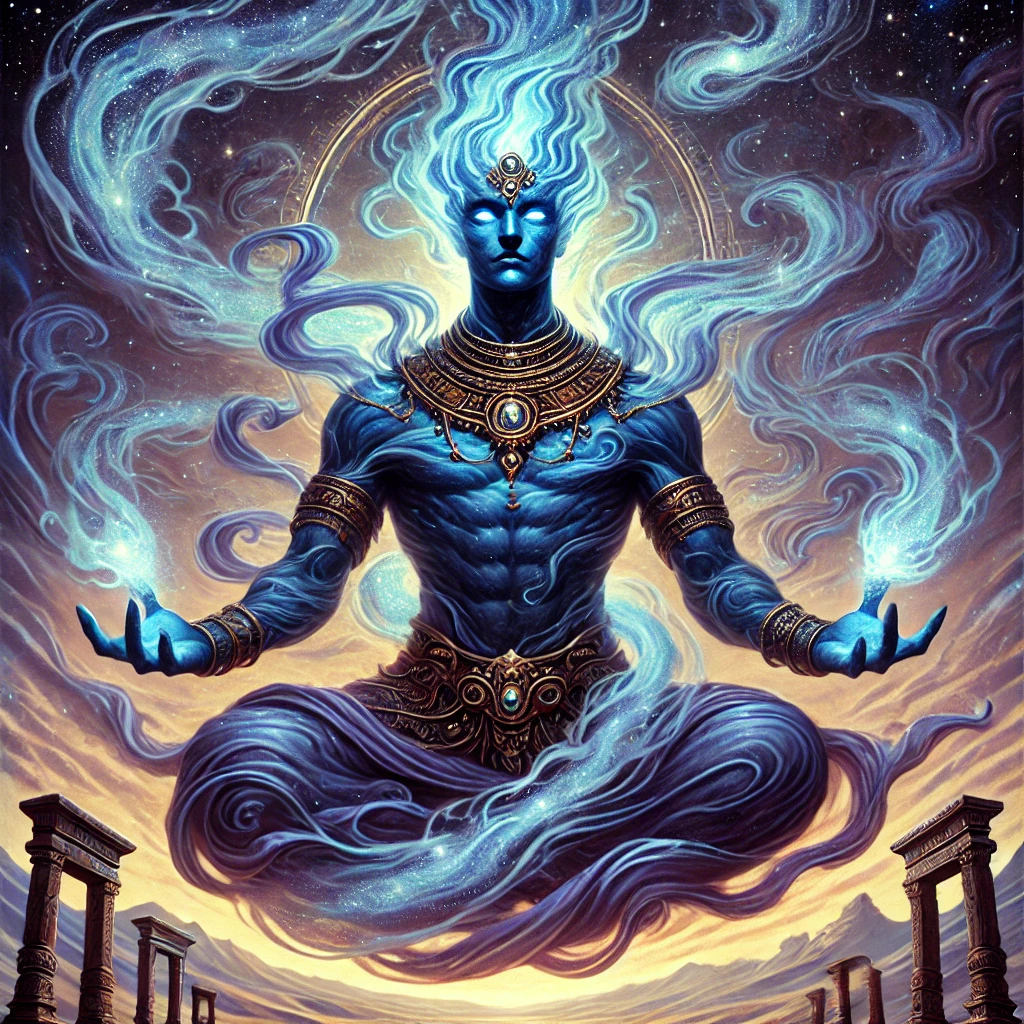
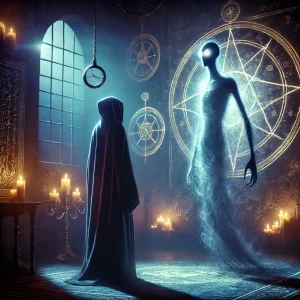




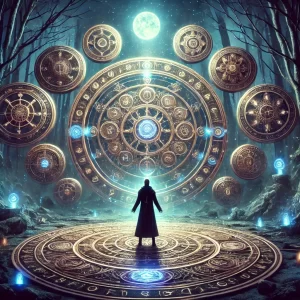



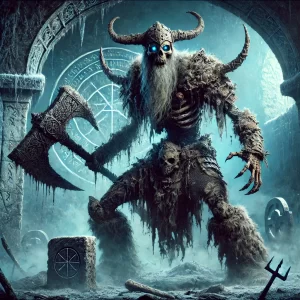


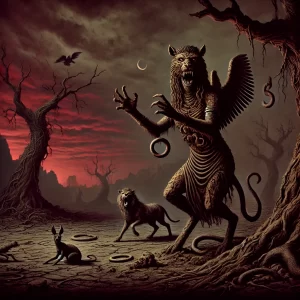


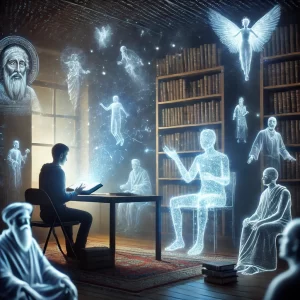



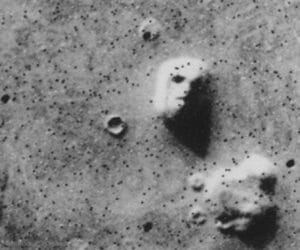



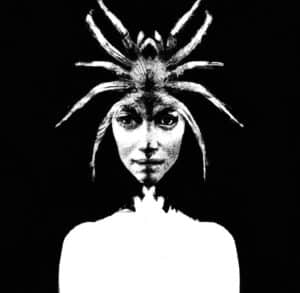
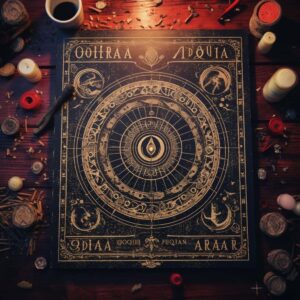

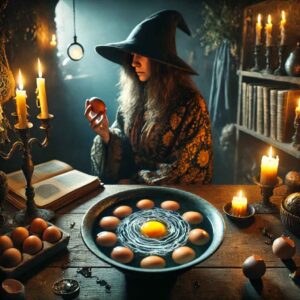
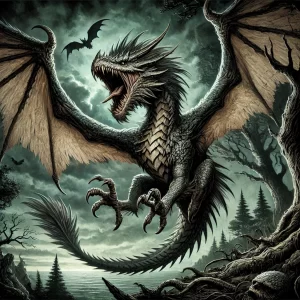











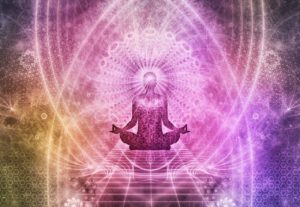



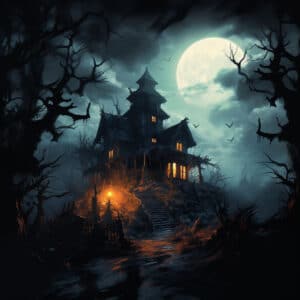




Leave a Reply